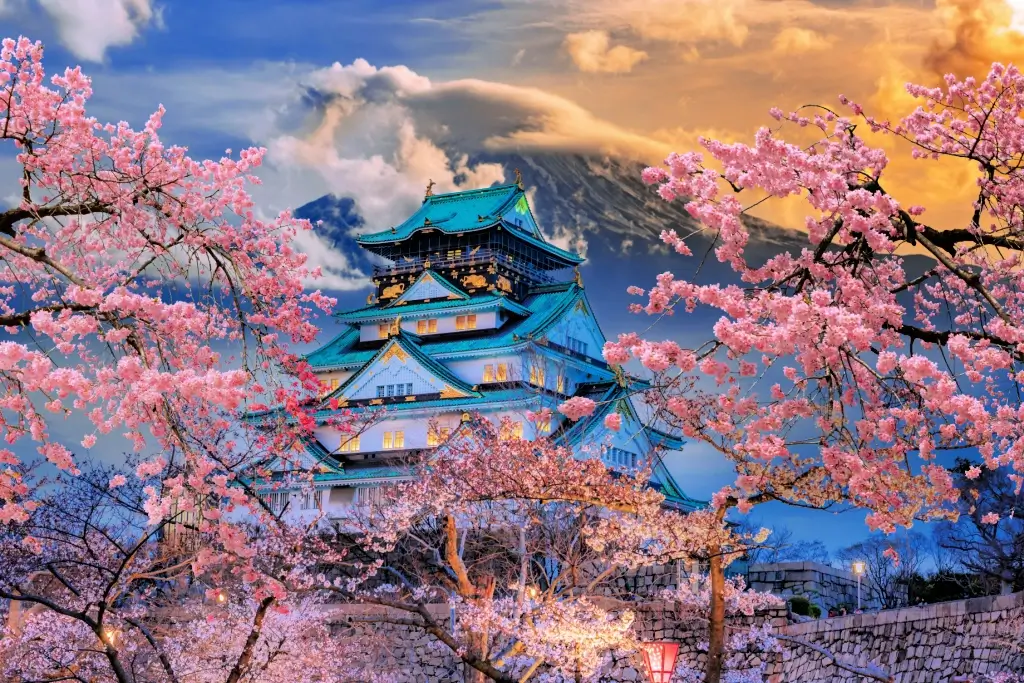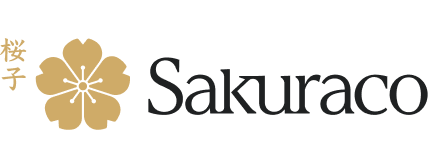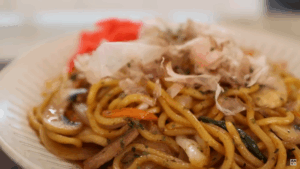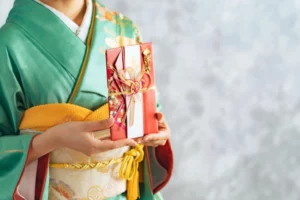Japanese castles are some of the country’s most striking and historically significant structures. Built for defense, governance, and as symbols of power, they reflect Japan’s feudal past and architectural craftsmanship. In this article, we will introduce Japanese castles and explore the unique features that made them both formidable fortresses and elegant residences for samurai and rulers.
Table of Contents
ToggleWhat is their historical significance?
Japanese castles, called shiro, played an important role in Japan’s history. Unlike European castles made of stone, Japanese builders used mostly wood, creating strong but beautiful structures. These castles were military forts, government centers, and symbols of a ruler’s power. Over time, they changed as Japan’s history changed, especially during the feudal era when warlords, called daimyos, fought for control.
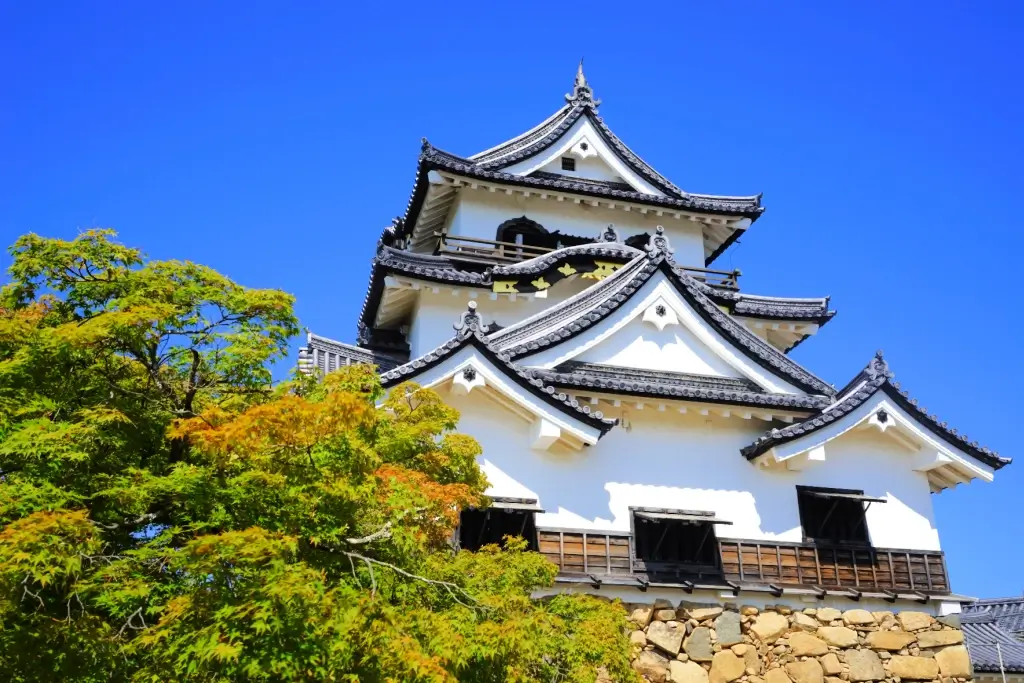
Wars, fires, and modernization destroyed many castles, but some original ones still stand today. While there are about 200 castles remaining in the country, only 12 have their main structure intact. Others have been rebuilt as museums or tourist sites, allowing people to see and learn about Japan’s feudal past.
Why were they built?
While castles were built during the Heian period (794-1185), construction became more popular during the Sengoku period (1467–1615). Japan was in constant war during this period, and warlords built castles to protect its land and people. It is said that as many as 25,000 castles were built during this time. They placed these castles on hills or near rivers to make attacks more difficult. Moats, stone walls, and narrow gates slowed down enemies and made castles safer.
In addition to protection, castles became the center of government and business. People built towns around them where merchants, farmers, and craftsmen lived and worked. Some castles, like Osaka Castle, played an essential role in uniting Japan under one ruler.
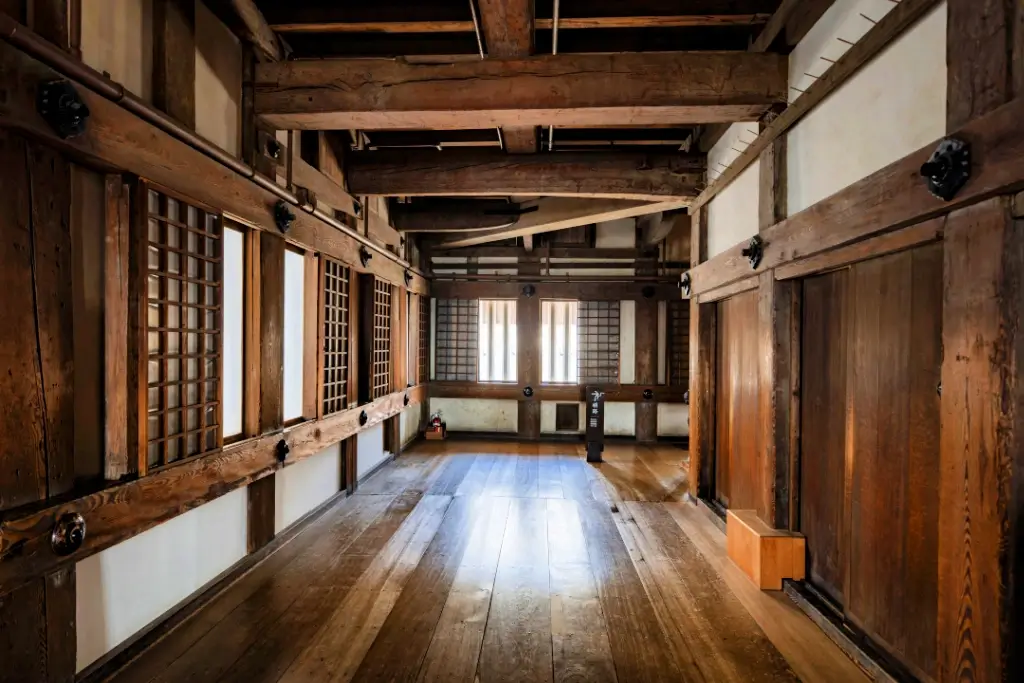
Japan became more peaceful in the Edo period (1603–1868). Castles no longer needed to focus only on defense, so rulers added more decorative designs. The Tokugawa government controlled castle-building to prevent warlords from gaining too much power. During this time, several castles were built in Western Japan, including Nijo Castle, Fukui Castle, and Hikone Castle.
After the Meiji Restoration (1868), Japan’s leaders modernized the country, tearing down many castles to make way for government buildings, military bases, and schools. In the 20th century, people realized these castles were important to Japan’s history and began restoring them. Today, visitors can explore these historic sites, walk through their halls, and experience a glimpse of Japan’s past.
Styling of Japanese Castles
Japanese castles have a unique style that combines beauty and function. Unlike Western castles, which used thick stone walls, Japanese builders used wood on top of strong stone bases. Also, Japanese castles are usually built on top of mountains or hilltops, resulting in the castle style called yamashiro, literally called mountain castle.
The most iconic feature of a Japanese castle is its main keep (tenshukaku), a towering structure that served as both a defensive stronghold and a symbol of power. Strategically positioned at the highest point, it provided a clear view of the surroundings. Supporting towers (yagura) stood along the walls, acting as watchtowers and arrow storage spaces.
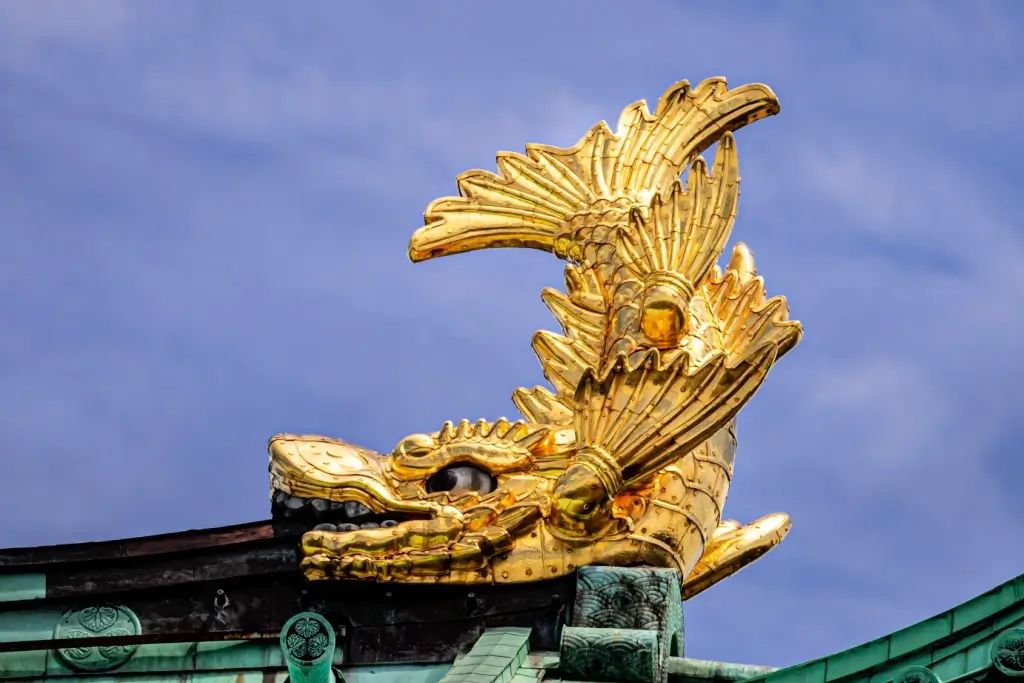
Japanese castles also featured strong defenses designed to repel invaders. Deep moats surrounded the castle grounds, creating a formidable barrier. Trick mechanisms such as masugata forced attackers into sharp turns, making direct charges difficult. Towering stone walls (ishigaki) prevented easy climbing, while narrow windows (yazama) allowed archers to fire arrows while remaining protected.
Even though castles focused on defense, rulers made them comfortable and beautiful. Inside, they decorated rooms with painted sliding doors (fusuma) and tatami mats. They built gardens and tea houses on the castle grounds, creating peaceful retreats that softened the fortress-like surroundings.
Are you looking for amazing snacks while viewing Japanese castles? Check out Sakuraco! Sakuraco delivers traditional Japanese snacks, teas, and sweets from local Japanese makers directly to your door so you can enjoy the latest treats directly from Japan!
Famous Castles in Japan
Many castles once stood across Japan, but only a few original ones remain today. One of the most famous is Himeji Castle, also known as the “White Heron Castle” (Shirasagijo) because of its bright white walls. It is a UNESCO World Heritage site and one of the best-preserved castles in Japan. Its large complex includes defensive gates, winding paths, and watchtowers that confused enemies who tried to attack.
Matsumoto Castle, or the “Crow Castle” (Karasujo), stands out because of its black walls. Unlike most castles built on hills, Matsumoto Castle sits on flat land (hirajiro). It has a unique six-story tower, one of Japan’s oldest original castle structures.

Inuyama Castle, built in 1537, is one of Japan’s oldest surviving castles. It overlooks the Kiso River and still has its original wooden construction. Hikone Castle, another well-preserved site, gives visitors a glimpse of Edo-period castle life. It has original gates, turrets, and beautiful cherry blossom gardens.
Osaka Castle, one of Japan’s most famous landmarks, has a history as dramatic as its towering walls. Originally built by Toyotomi Hideyoshi in the late 16th century, it symbolized his ambition to unify Japan. Though later destroyed and rebuilt, the castle now houses a museum filled with samurai artifacts and offers breathtaking city views from its observation deck.
Unique Features in Japanese Castles
One of the most fascinating features of Japanese castles is their uguisubari or nightingale floors. These specially designed wooden floors, found in castles like Nijo Castle in Kyoto, chirp like a bird when walked on. The sound comes from hidden metal clamps beneath the floorboards, which rub together with movement. This clever design acted as an early security system, alerting castle guards to intruders.
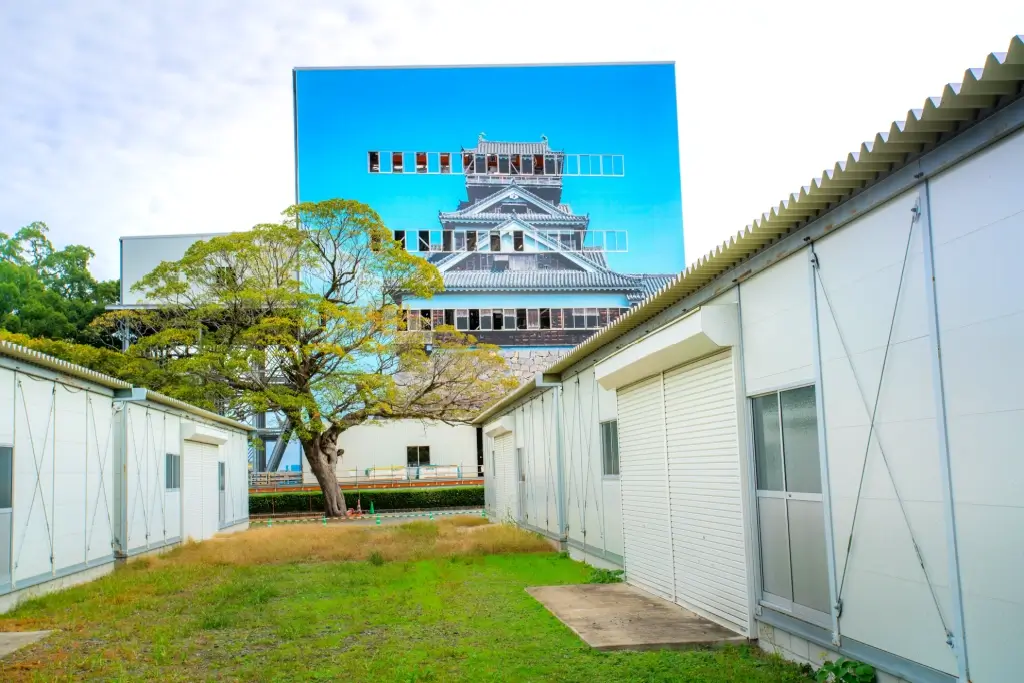
Another unique feature was shinobi-gaeshi or anti-ninja spikes. Some castles installed sharp metal or wooden spikes along walls and under eaves to prevent intruders from climbing. These spikes can be found at Kochi Castle and Kumamoto Castle. These clever defenses highlight the resourcefulness of Japanese castle builders, who combined practicality with creativity to protect against even the most skilled intruders.
Why are these Japanese castles important?
Japanese castles are more than just historical landmarks; they represent the country’s rich past, architectural ingenuity, and cultural identity. From their strategic designs to their elegant interiors, these castles reflect the power and artistry of Japan’s feudal era.
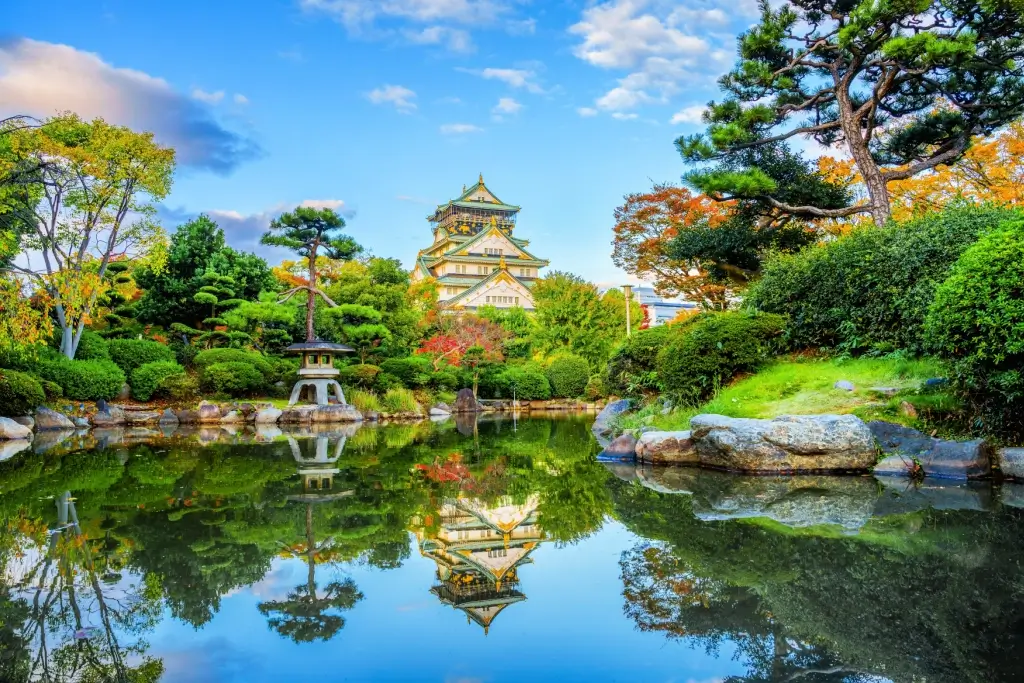
Although many have been lost, the surviving castles and their reconstructions allow visitors to revisit and experience their legacy. Today, they are enduring symbols of Japan’s history, attracting visitors worldwide. Which castles do you want to visit and why? Let us know in the comments below!


